

Max Davies
2026 Toyota HiAce review
15 Hours Ago

News Editor
Hyundai Australia isn’t expecting its new Staria to beat its Kia Carnival corporate cousin in the sales race.
“We’re hoping to reach the highs of iMax”, said product planning coordinator Simon Bartnik.
The best year for the iMax in terms of segment market share was 2014, when it had 22.3 per cent.
In that year, it had a greater share of the segment – called People Movers Under $60k in VFACTS – than the Kia Carnival (16.6 per cent) but less than the Honda Odyssey (26.6 per cent).
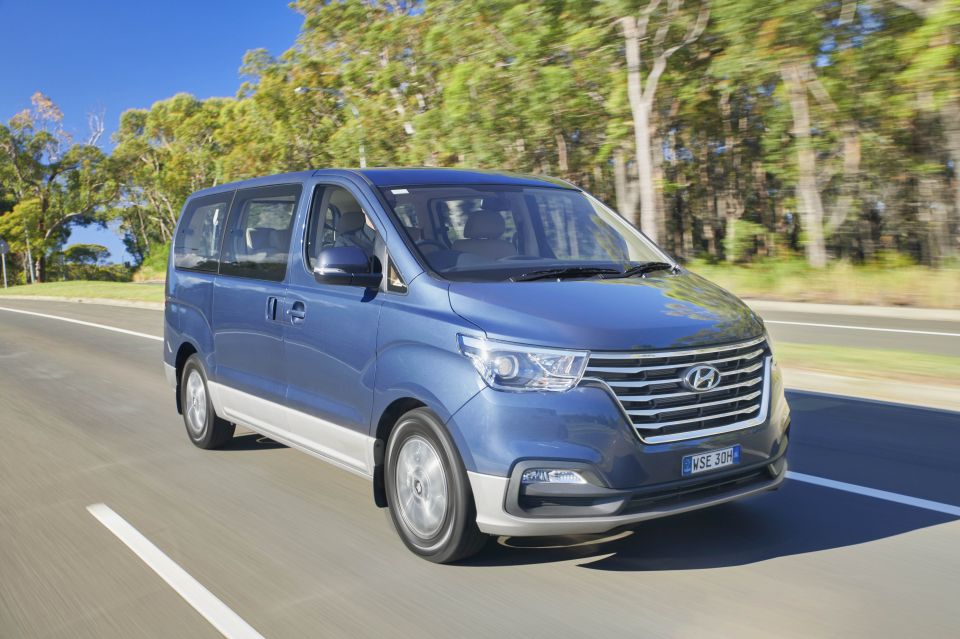

Things have become more lopsided since then, as rivals like the Toyota Tarago and lower-volume fare like the Citroen C4 Grand Picasso and SsangYong Stavic have been discontinued.
In 2020, the iMax had only a 9.4 per cent share against 16.1 per cent for the Odyssey and a huge 53.9 per cent for the Carnival as buyers have coalesced around the Kia.
Year to date, the Kia is less than a percentage point away from having 60 per cent of the segment.
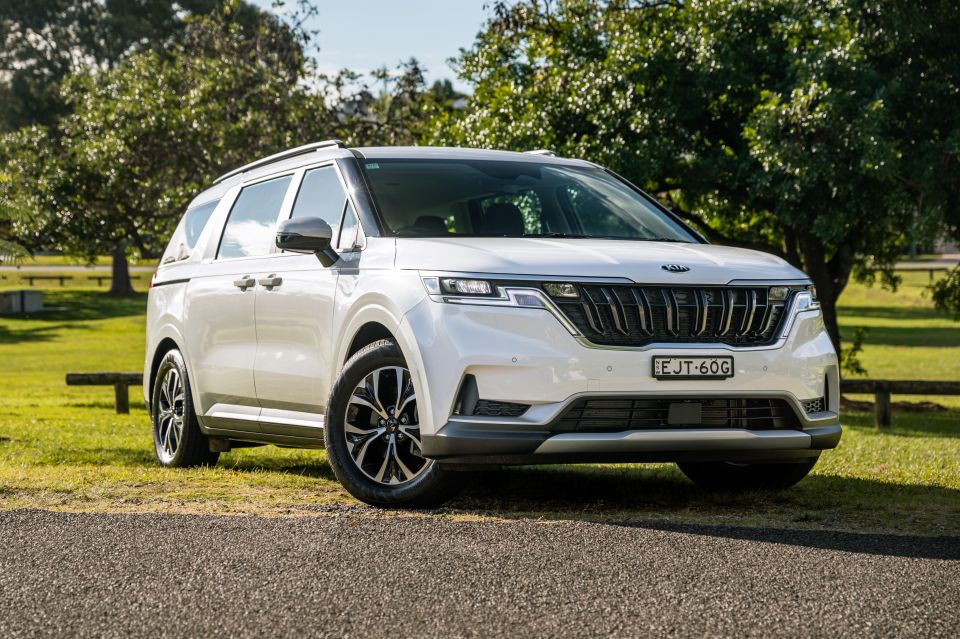
Throw in the much smaller number of people movers over $60,000, including the Toyota Granvia, and the Kia still has around 54 per cent of the total people mover market in Australia.
Hyundai says just over 60 per cent of people mover sales in 2020 were to non-private buyers, for example rental fleets, though this was down on the year before – likely a result of COVID-19.
The company is expecting a fairly even split across the Staria range, which is considerably larger than that of the iMax.
It’s expecting 40 per cent of overall Staria sales to be the base trim, 30 per cent for the Elite and 30 per cent for the Highlander.
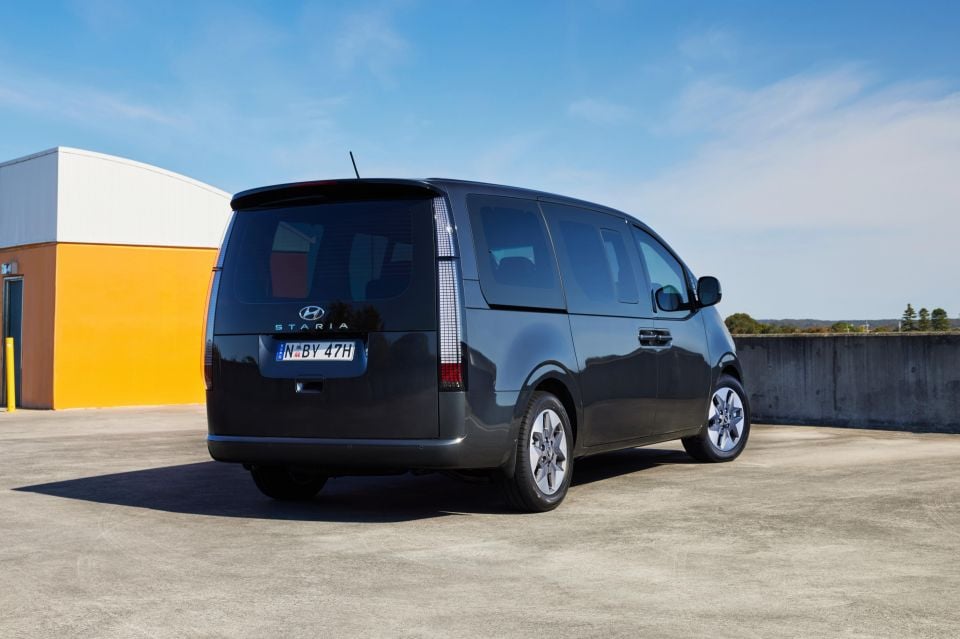
Hyundai also expects 45 per cent of Staria sales to be of front-wheel drive petrol variants and 55 per cent to be the all-wheel drive diesel.
The iMax was available exclusively with a turbo-diesel engine and rear-wheel drive, and in only two variants.
Hyundai doesn’t expect the lack of third-row child seat anchor points to hold back the Staria. The iMax also lacked these.
The Staria features three top-tether anchor points in the second row, plus Isofix points for each outboard second-row.
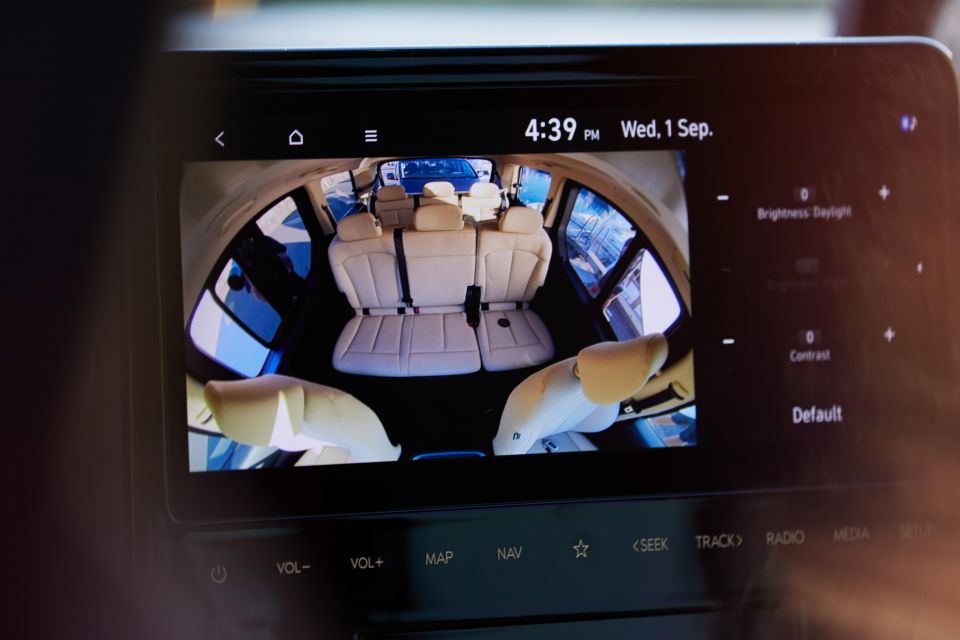
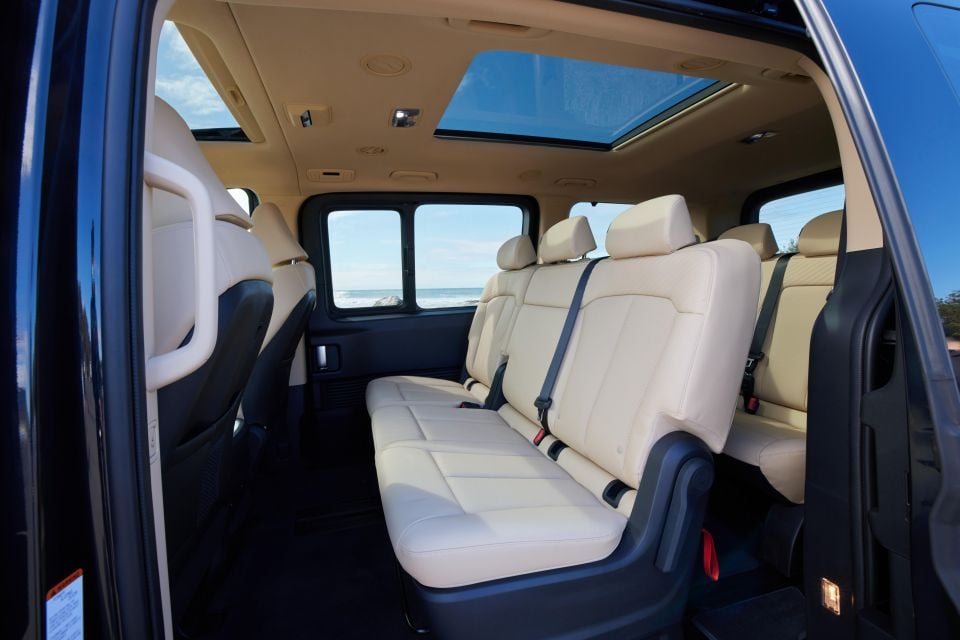
In contrast, the Carnival has top-tether and ISOFIX anchor points on each outboard seat in the third row while also featuring points in the second row.
“Staria wasn’t developed with child seat anchor points for that particular row,” said Mr Bartnik.
“While we feel that, yes, there are competitors with child seat anchor points in the third row, Staria has many benefits over those cars for growing families with some larger kids.”
While the Staria has rear cross-traffic assist and surround-view camera standard across its range – both missing from the Carnival S and Si – the bulk of its safety equipment list is shared with the Carnival.

That includes blind-spot assist, lane-following assist, safe exit warning and adaptive cruise control with stop/go.
The Carnival and Staria, which share their N3 platform with the Hyundai Santa Fe and Kia Sorento crossovers, are expected to lose a key rival next year.
The Japanese factory that produces the Honda Odyssey will be closed, which means Honda Australia will have to discontinue the vehicle unless it secures right-hand drive production from China or the US or product plans change.
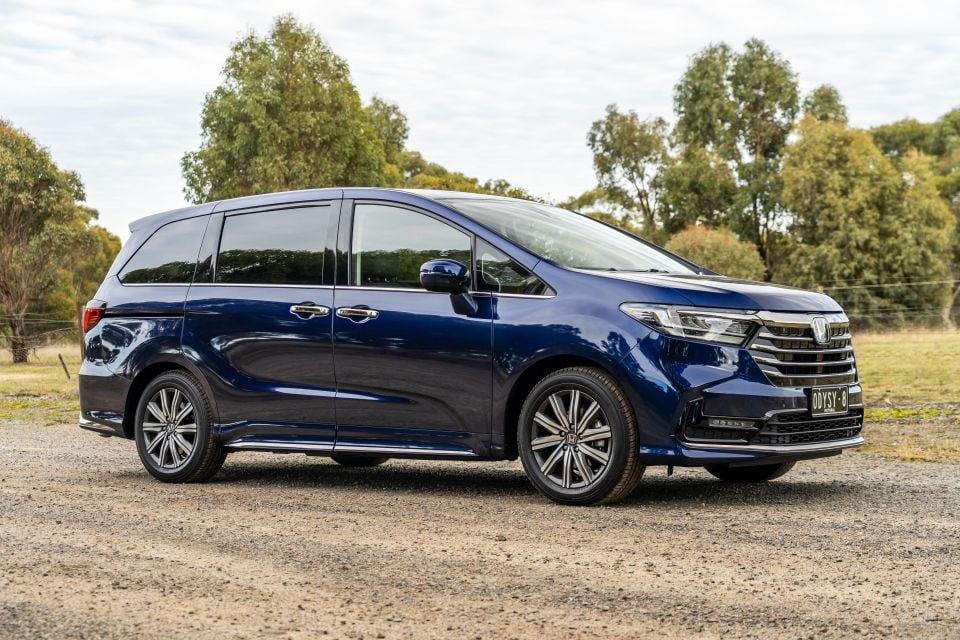
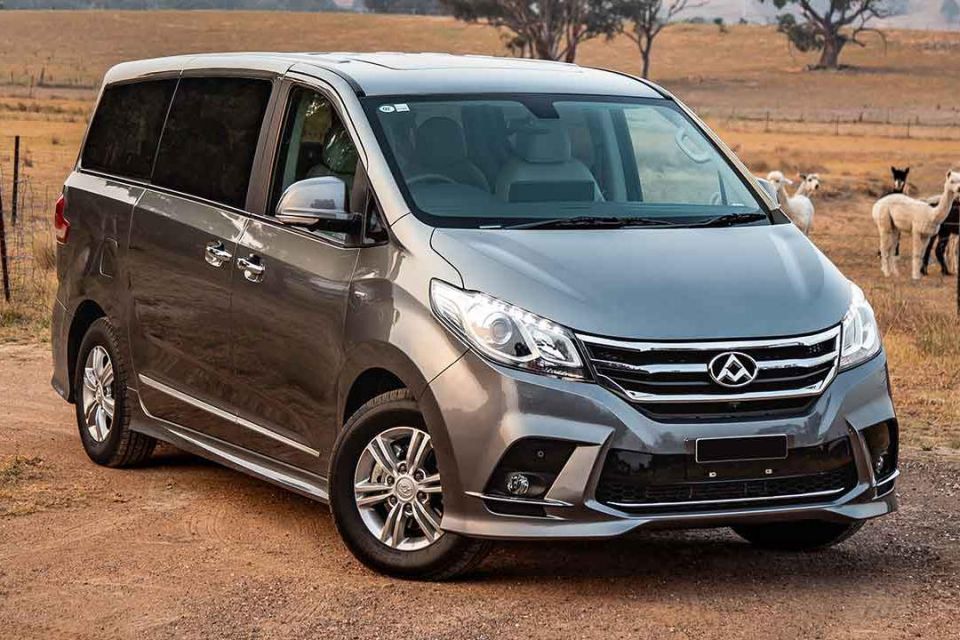
That’ll leave the Hyundai Motor Group twins competing with the Volkswagen Caravelle and Multivan, as well as the LDV G10 at the low-end and the Mercedes-Benz Valente and V-Class and Toyota Granvia at the high end.
Where expert car reviews meet expert car buying – CarExpert gives you trusted advice, personalised service and real savings on your next new car.
William Stopford is an automotive journalist with a passion for mainstream cars, automotive history and overseas auto markets.


Max Davies
15 Hours Ago


William Stopford
1 Day Ago


Damion Smy
4 Days Ago


Damion Smy
4 Days Ago
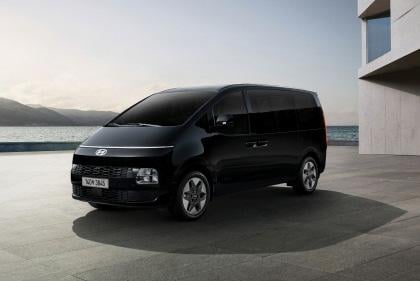

Damion Smy
10 Days Ago
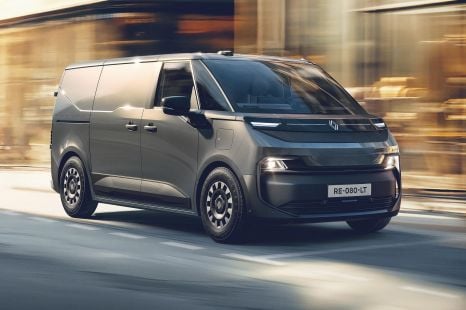

Derek Fung
1 Month Ago